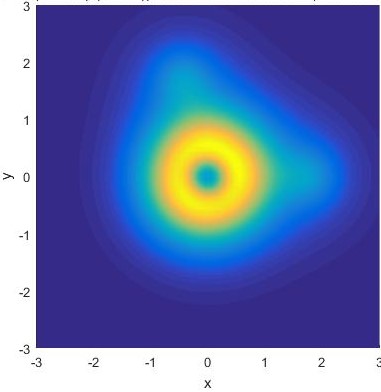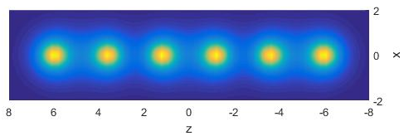I would like to use this page to list some of my useful codes, from my undergraduate period to now. It is a backup for me, and also maybe useful for possible novice in this area.
Quantum Chemistry

This is a C++ code for calculating Second Quantization Coefficients by Gauss Basis Sets from the first principle written by myself during undergraduate period. It expands atom orbital and pseudo potential by Gaussian functions and computes the second quantization coefficients by analytical Gaussian integral. You can input the number and position of atom orbital and the amount of Gauss functions used to fit the atom orbitals and pseudo potential. A single water molecule serves as a sample. (A useful website to find the input atom orbital Basis Set Exchange (BSE). A wonderful software has the similar facility with some mean field solvers G09 | Gaussian.com)
The output can be used as the input of numerical method solving many-body Hamiltonian such as Exact Solution (for small system), Density Matrix Renormalization group (for quasi one dimensional system) and Quantum Monte Carlo (for light sign problem system).
Density Matrix Renormalization Group

This is also a C++ code combining a simple example showing the spirit of DMRG based on a well-known library ITensor. One good thing of this tutorial code is it gives a sample code from GaussforSQC output to ITensor DMRG input so that one can have a whole tool for QC+DMRG computation. This code is also finished during my undergraduate period and the author thanks the enthusiastic support from Dr. Jiangping Hu’s group in IOP, CAS.
Quantum Monte Carlo

This is a MATLAB code shows the spirit of constrained path Monte Carlo (CPMC) and finite temperature Monte Carlo (FTMC) by using Hubbard model as an example. The former is zero temperature method and the latter is based on grand canonical ensemble average. The author thanks Dr. Hao Shi and Dr. Shiwei Zhang for sharing their ideas and notes and also Dr. Ziyang Meng and Dr. Jiangping Hu for the supervision. This code is finished during my gapped year as a RA in IOP, CAS.
